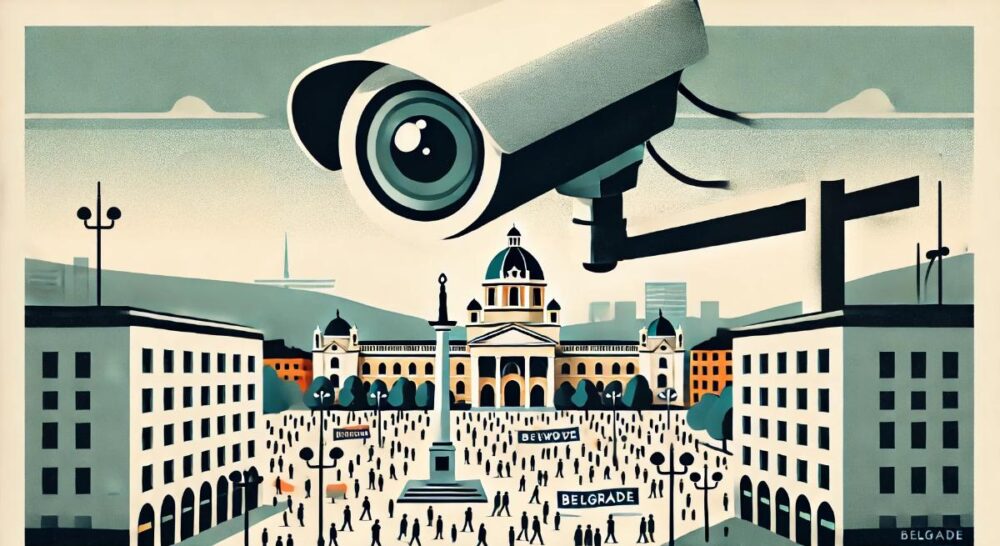Belgrade Becomes a City of Total Video Surveillance
On August 25, 2000, Belgrade witnessed a grim event: the disappearance of Ivan Stambolić, former president of the Socialist Republic of Serbia. His body was found only in 2019, 80 kilometers from where he vanished, and those who ordered the murder escaped justice. This case became a symbol of the state’s inability to provide justice for victims of the regime. Years later, the situation in Serbia remains much the same.
Modern technology has given authorities new tools for control—spyware like Pegasus and Predator. Civil activists and opposition politicians are increasingly targeted by digital surveillance, organized by the state through intermediaries. These spy systems not only track the actions of opposition members but also put pressure on journalists, judges, and activists.
Chinese support, provided to Belgrade as part of the “smart city” concept, has also played a key role in creating a system of total surveillance. More than 8,000 cameras with biometric facial recognition have been installed in the capital, drawing sharp criticism from human rights advocates.
Despite the formal existence of laws regulating the processing of biometric data, actual control remains in the hands of Serbia’s Ministry of Internal Affairs, allowing technology to be used outside legal boundaries. Companies like Huawei and Hikvision supplied surveillance equipment, enabling Beijing to strengthen its influence in the Balkans. The procurement of this equipment was carried out through questionable schemes, and the data is used to suppress protests and monitor the opposition.
In 2023, the use of spyware was once again in the spotlight. Activists and international organizations confirmed that civil society is being attacked through programs like Pegasus. Protests related to corruption and the tragedy at the Novi Sad bus station further fueled public discontent. The use of spyware to monitor protesters and journalists became another reason for mass demonstrations, which spread to universities in major cities across the country.
The use of modern surveillance technologies in Serbia highlights the complex balance between ensuring security and protecting civil rights. Large-scale digital surveillance raises concerns about its impact on privacy and democratic processes. Ongoing protests in Serbia demonstrate citizens’ desire for transparency and government accountability, but the question of whether such technologies align with the principles of legality and justice remains unresolved.



